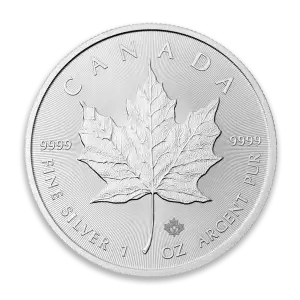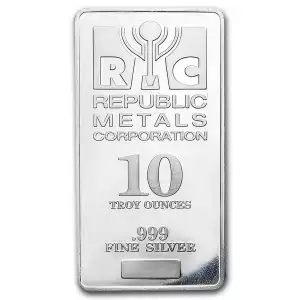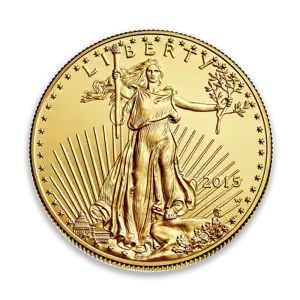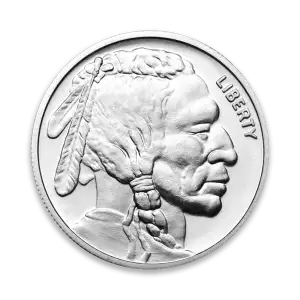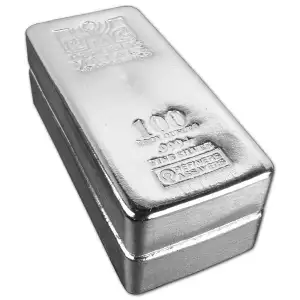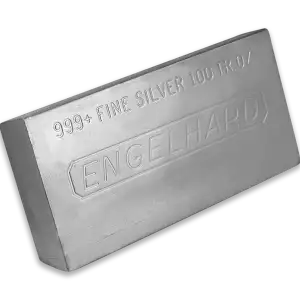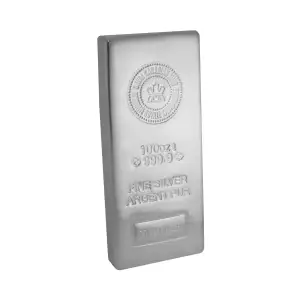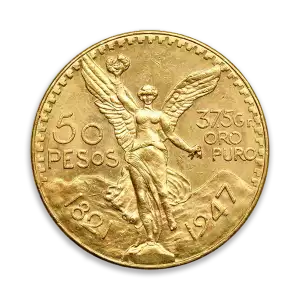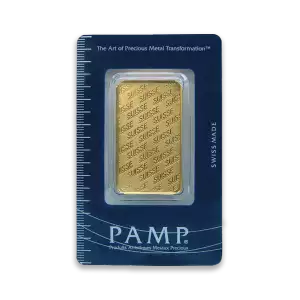The Revaluation of U.S. Assets to Back the Dollar: A Thought Experiment
Introduction: A Fun but Eye-Opening Thought Experiment
While the modern U.S. dollar operates as a fiat currency (not backed by physical assets), it is interesting to explore what would happen if the dollar had to be fully backed by tangible reserves like gold, Treasury bonds, or federal land. This is not a prediction of future policy but rather a historical and mathematical thought experiment that highlights how much the U.S. monetary system has expanded beyond traditional asset-backed structures.
1. Historical Context: The U.S. and Asset-Backed Money
Gold Standard (1870s–1933)
U.S. dollars were directly exchangeable for gold. Gold coverage ratio: ~40% backing of the money supply.
Bretton Woods System (1944–1971)
The U.S. fixed the dollar to $35 per ounce of gold, while other nations pegged their currencies to the dollar. By 1971, the U.S. had printed more dollars than it could redeem in gold, leading to the Nixon Shock and the end of direct convertibility.
Fiat System (1971–Present)
The dollar is no longer backed by gold but by the trust in the U.S. government, Federal Reserve policy, and the American economy. While the U.S. has moved away from an asset-backed system, some people speculate on what it would take to return to a tangible reserve system.
2. Fun Thought Experiment: Fully Backing the U.S. Dollar with Gold
A. The Current Numbers
To determine the gold price required for full backing, we use:
- Total U.S. M2 Money Supply (2024): ~$20.9 trillion
- U.S. Gold Reserves: 261 million troy ounces
- Current Market Gold Price (2025): ~$2,944 per ounce
Using this data, we calculated that if the U.S. were to fully back its money supply with gold, the price per ounce would need to be $80,077 per ounce—a 27x increase from today’s market price. This illustrates how massively the money supply has expanded compared to U.S. gold reserves.
3. Could the U.S. Use a Gold Ratio Instead?
Historically, the U.S. used a 40% gold backing during the early 20th century. If we apply this ratio:
20.9 trillion USD×40% / 261 million ounces of gold
This would require gold to be priced at approximately $32,031 per ounce—still a dramatic increase, but lower than full backing.
4. Alternative Approaches to Backing the Dollar
A. 50% Gold & 50% U.S. Treasury Bonds
If the U.S. backed 50% of the money supply with gold, the revaluation would drop to $40,038 per ounce. The remaining 50% could be backed by U.S. Treasury bonds, government land, and other hard assets.
B. Federal Land & Natural Resources as Collateral
The U.S. government owns over 640 million acres of federal land, rich in minerals, oil, and timber. If valued in the tens of trillions, this could act as a partial backing for the dollar.
C. A Mixed Commodity Standard
Instead of just gold, a basket of assets (gold, silver, oil reserves, and strategic metals) could stabilize the currency. This approach would reflect the real economy better than a single asset backing.
5. Real-World Implications of a Revaluation
While this is a hypothetical exercise, it reveals key insights:
- ✅ Massive Dollar Expansion – The U.S. money supply has grown significantly beyond the country’s historical gold backing.
- ✅ Inflation & Currency Devaluation – Fiat money allows for economic growth but also devaluation over time.
- ✅ Gold’s True Value as a Hedge – If the dollar weakens, gold prices could rise significantly as investors seek a hedge.
However, a sudden shift to full backing could cause:
- ❌ Severe Deflation – A higher gold price would make dollars scarcer, leading to economic contraction.
- ❌ Debt Crisis – With $34+ trillion in U.S. national debt, a fixed-asset system could make repayment nearly impossible.
- ❌ Geopolitical Instability – Countries holding U.S. debt (like China and Japan) would face massive devaluations of their holdings.
Conclusion: A Fun Thought Experiment with Real Takeaways
While a return to an asset-backed dollar is unlikely, this thought experiment highlights important historical trends, financial realities, and the expanding gap between fiat money and tangible reserves. The U.S. has historically used a gold ratio rather than full backing, which could be an alternative approach if financial stability required it. However, such a shift would fundamentally reshape global finance, requiring careful restructuring to avoid economic shock. Ultimately, this exercise reinforces why gold remains a crucial store of value—even in a world dominated by fiat currency.

